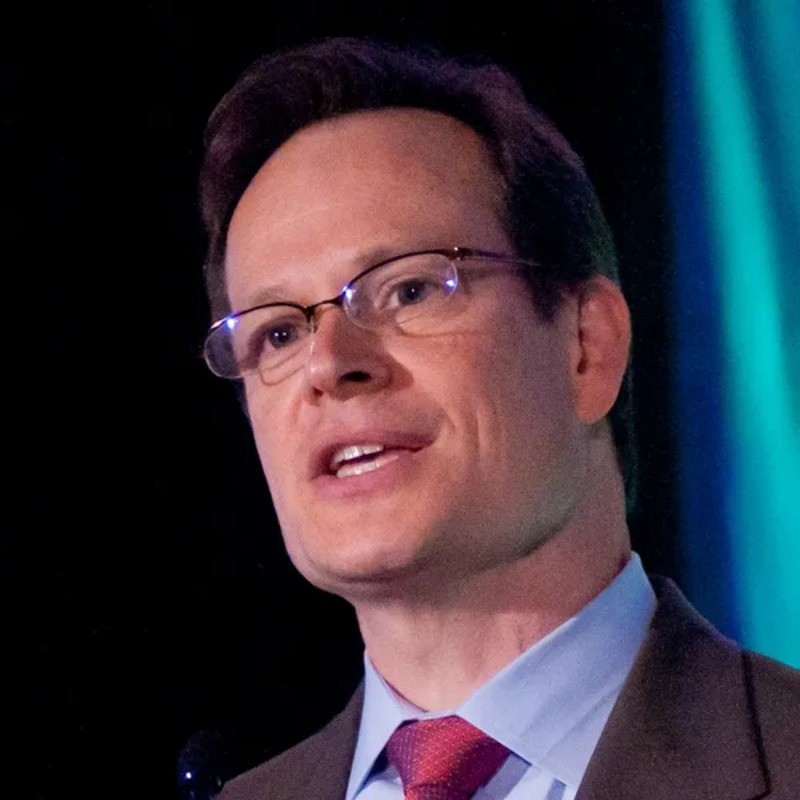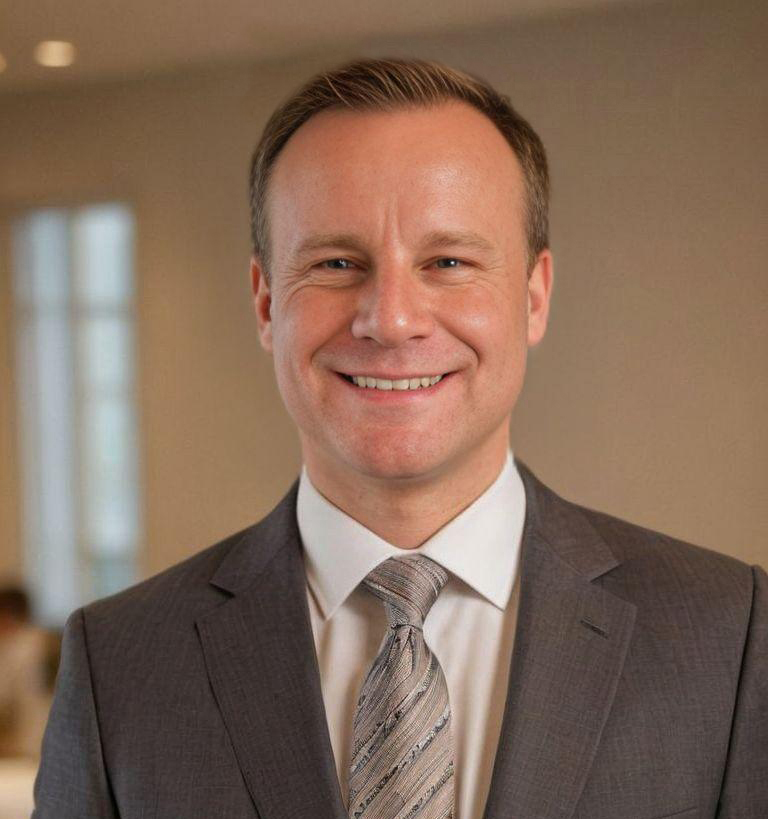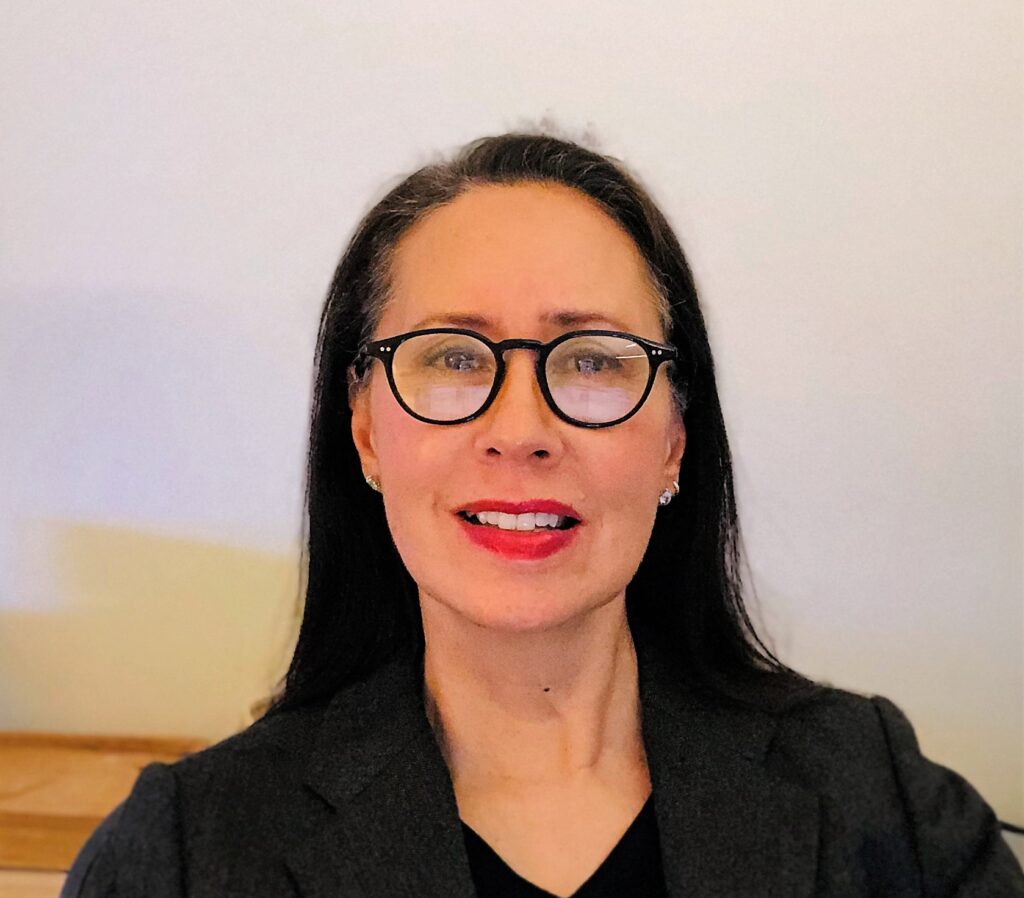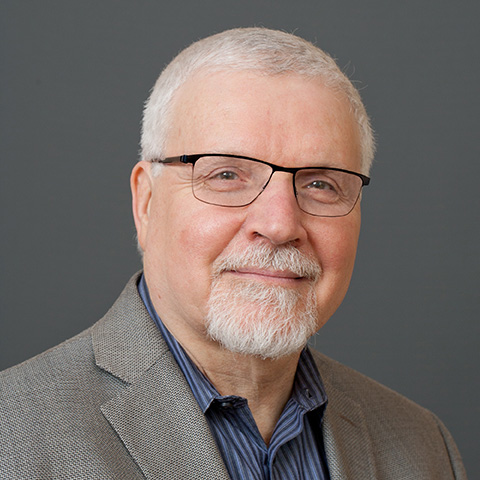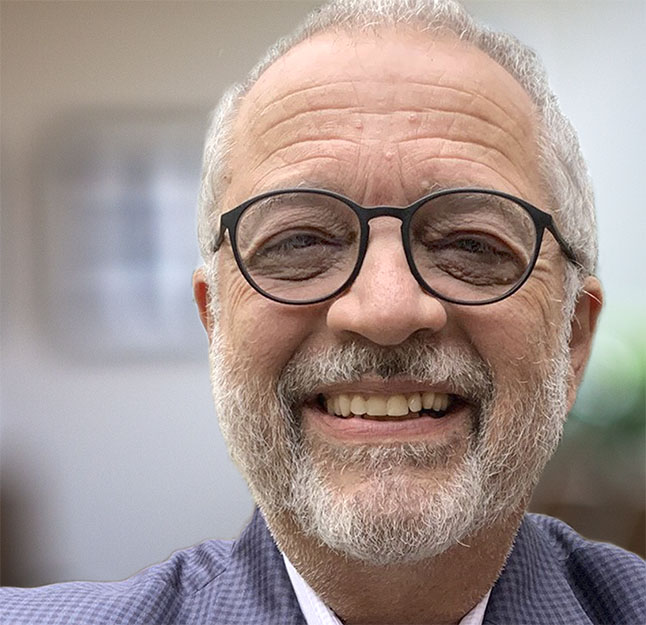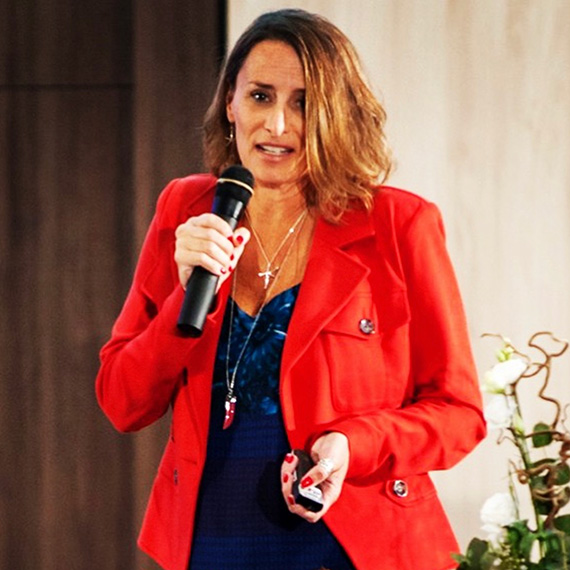In the Now Podcast: Episode 15
Join Nowspeed's CEO, David Reske, as he engages in discussions with founders, marketers, and CEOs from around the globe. Delving into the realm of marketing and leadership, aiming to unravel the myths and misunderstandings that often surround these topics.
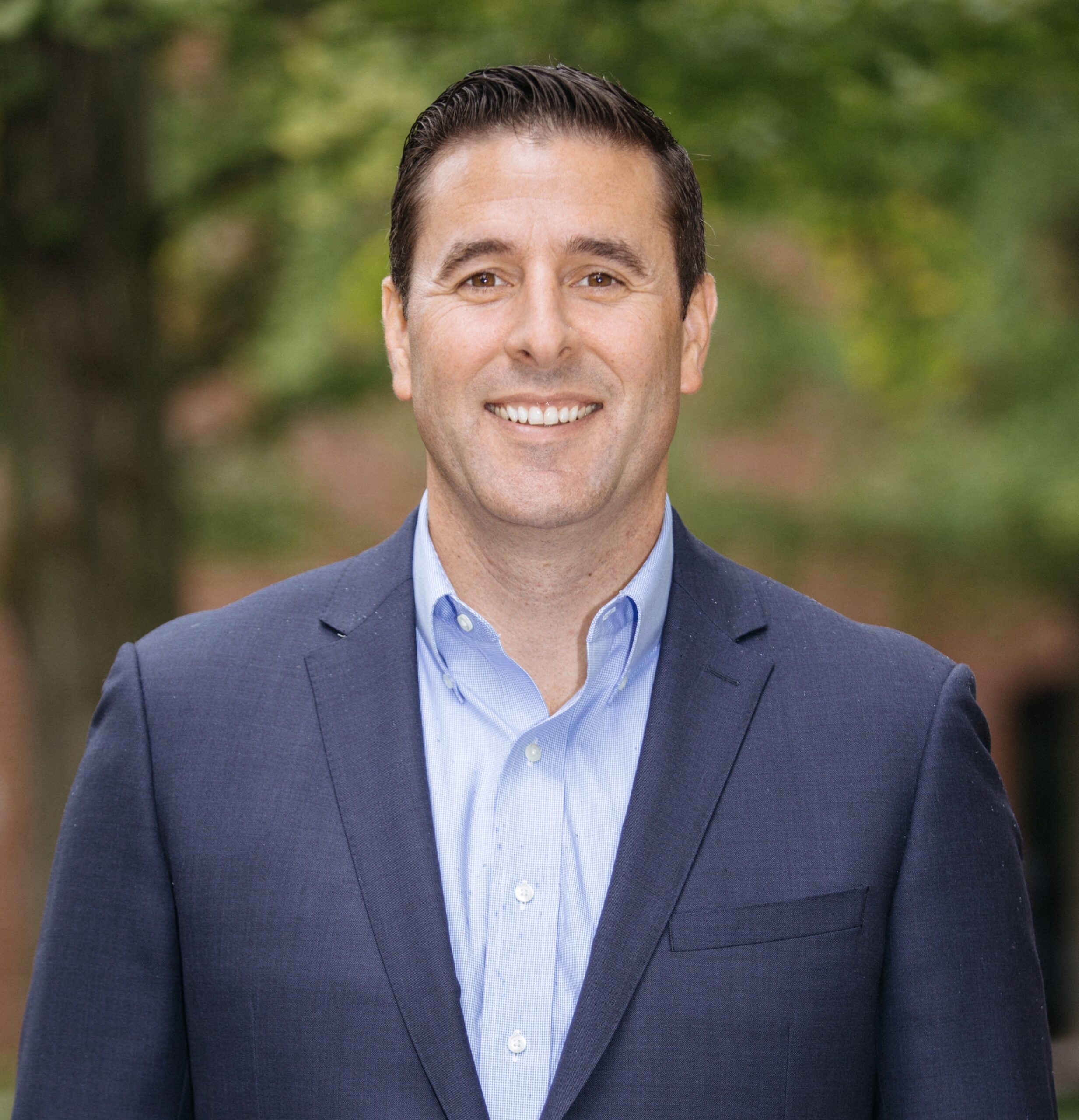
Eric Curtis CEO | Curtis Strategy
What Are Breakthrough Marketing Strategies For Non-Profits?
Eric W. Curtis is the CEO of Curtis Strategy, an innovative consulting firm focused on designing breakthrough strategy and innovative business models that lead to future growth, relevance, and sustainability. Eric is passionate about working with his clients to address their most complex and challenging issues, helping them design and implement the strategies needed to succeed no matter what happens in the marketplace.
He has advised colleges and universities, healthcare and human services agencies, and many professional associations, inspiring them to break the status quo and maximize their strategic impact.
Eric currently serves on the Board of Directors for the National Council for Adoption and delivers high-quality workshops and webinars nationwide.
Listen to Eric’s interview with David Reske now!
Get a Free Marketing Analysis and Consultation
Nowspeed can review your Website, SEO, PPC, Email or Social Media Campaigns and identify ways to make an immediate impact!
Episodes
Want to be a guest on the show?
Episode Transcript
In the Now: Eric Curtis
What are breakthrough marketing strategies to create a thriving nonprofit organization? The answer is the foundation of Curtis Strategy — and the focus of this enlightening interview.
The following is a paraphrased snapshot of the interview with Eric. To listen to the full interview, click here.
Nowspeed: Hi, my name is Dave Reske of Nowspeed and welcome to this edition of In the Now, where we focus on uncovering the myths and misunderstandings of marketing leadership and strategies with some of the world’s most interesting people. And I’ve got a really interesting guest today, Eric Curtis. Eric is the CEO of Curtis Strategy, an innovative consulting firm focused on designing breakthrough strategy and innovative business models that lead to future growth, relevance, and sustainability.
Eric is passionate about working with his clients to address their most complex and challenging issues, helping them design the progressive strategies needed to succeed no matter what happens in the marketplace, which is a very interesting challenge. Eric, I’m sure you’ll talk about that in our conversation. He has advised colleges and universities, healthcare and human service agencies, and many professional associations, aspiring to break the status quo and maximize their strategic impact. Eric, welcome to the show.
Eric: Thank you for having me. I appreciate it.
Nowspeed: So we’d like to start these conversations with a myth-buster question to be provocative and just kind of help people understand where you’re coming from. I’d like you to talk about mergers for nonprofits. What’s a myth that you think most people have about the way nonprofits can come together or work in mergers that’s just not true?
Eric: Well, I think a lot of what we’re seeing right now is that technology is affording organizations the opportunity to operate at scale, way more than it has in the past. And that is, coupled with a lot of change and funding and regulation, putting some external pressures on organizations to come together. So part of the challenge that you face in a merger is really around culture. When organizations come together, they see the strategic vision, they understand maybe the financial benefits, or getting additional staffing, which is a huge issue these days.
But there’s this piece of culture and succession and looking at how you actually achieve the desired outcomes from the merger once it’s done. Implementing and transacting the deal is really exciting, the CEOs and boards are really excited to talk with the new partner, talk through the strategic rationale as to why we’re doing it, and really get to know each other at a deeper level. But once the deal closes, a lot more changes happen. So there’s a lot of misunderstanding about how big some of that change can be, and the impact on the culture. When two organizations come together, you have a lot of change that’s going to occur right at that date, things like staffing and reporting structures, learning new systems, or getting familiar and acquainted with new peers or new bosses. The excitement of moving to and through a merger is then immediately transitioned into the realities of integration and coming together.
It’s a lot bigger than most people think, or most leaders think in the nonprofit space. So that really needs a lot of dialogue and a lot of questions. As exciting as it is to think about how big we may be or how strong we may become together, once the reality of change starts to occur, anxieties happen. Leaders can’t underestimate communication and planning, and really rolling up their sleeves to dive into working with the team to either build clarity or address those fears. I think that’s probably one of the biggest myths that we’re seeing right now.
Nowspeed: Yeah, it sounds really hard to do that. You’ve worked on a lot of marketing strategies with nonprofits. I can see in the for-profit corporation the motivation to merge to lower costs, maybe to increase the growth rate, increase the return to the shareholders. Talk to me about the appeal — why do nonprofits want to do this? You’re running a nonprofit successful, you’re achieving your mission. you’re making a difference in health or education or your social services. Why do they want to do this? It sounds like a lot of work to get there. What are you finding?
Eric: So, let me backup and just talk about one point. There’s a big difference between a nonprofit and a for-profit merger, right? In a for-profit merger, there is a financial beneficiary. There is a buyout of some sort. And that doesn’t exist in the nonprofit space. And I think that’s really important for the board of directors to understand because boards may have experience in for-profit M&As so their expectation around how the transaction should go and the speed of it might be dramatically different from the reality of how fast they can go.
Because in a nonprofit transaction, it’s about trust, it’s about relationships. As a great CEO we work with always said, ‘Things move at the speed of trust.’ That’s a profound statement, I think, and it really captures some of the challenges that exist in doing these mergers. That’s just a side note on the distinguishing factor between the for-profit and the nonprofit…
Gain more marketing strategies & insights by clicking here to listen to the whole interview.








